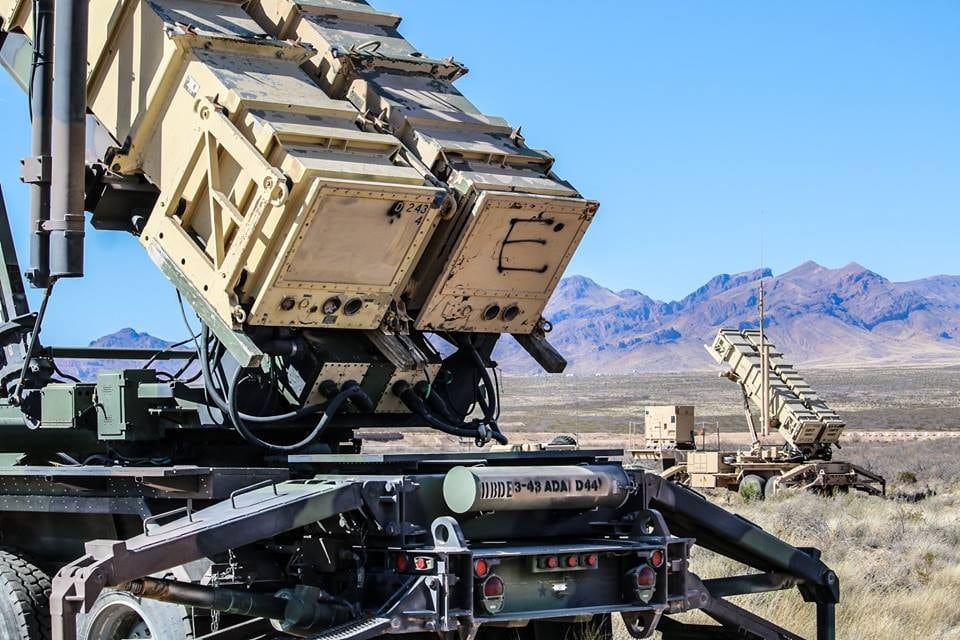For more than a decade, the Army’s air and missile defense soldiers have lacked a regular, large-scale opportunity to train their missile systems, moving them like they would in a real-world fight.
But that changed this month, when over the past two weeks, more than 1,800 soldiers converged by truck, air and rail at White Sands Missile Range and Fort Bliss, Texas, on an area the size of Rhode Island, to shoot, move, communicate and sustain over distances of more than 100 kilometers.
RELATED
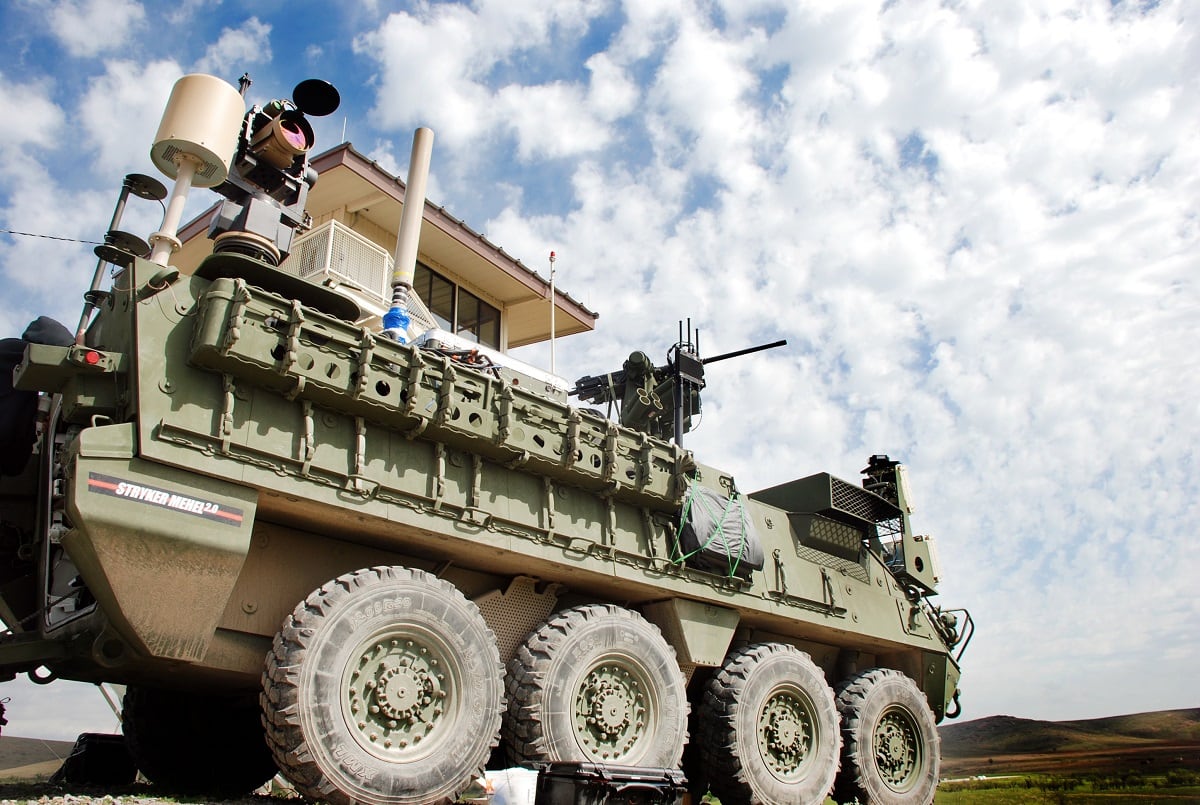
The last time this exercise, known as Roving Sands, was conducted was in 2005.
Roving Sands was a regular training event from 1989 through the early 2000s. It even was used as preparation for Operation Desert Shield/Desert Storm.
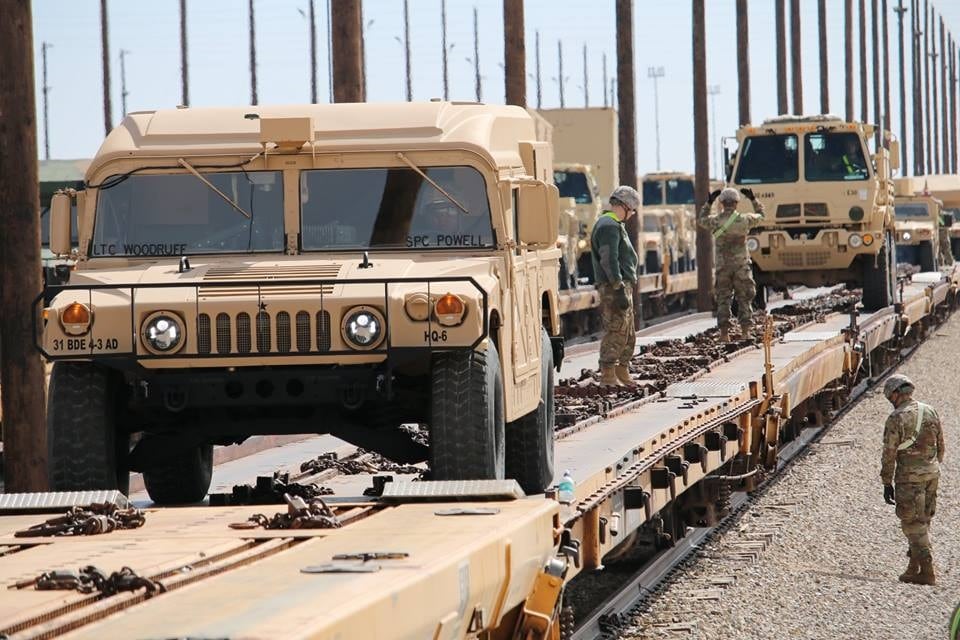
While those involved in the exercise declined to discuss any specific adversary, regular Congressional testimony in recent years has signaled missile overmatch concerns with Russia in Europe, the growing ballistic missile threat of North Korea’s military, and missile defenses being built in Iran.
So, while infantry and armored units got their rotations at the National Training Center or the Joint Readiness Training Center during and through the recent wars in Iraq and Afghanistan, missile defense was limited to home station training or a combination of simulated exercises at the combat training centers.
Brig. Gen. Christopher Spillman has commanded the 32nd Army Air and Missile Defense Command at Fort Bliss for nearly two years.
Spillman emphasized that home station training to maintain good missile defense skills has been ongoing, and soldiers are proficient in those duties. But the lack of all the other elements of large-force maneuvering has created some training gaps, he said.
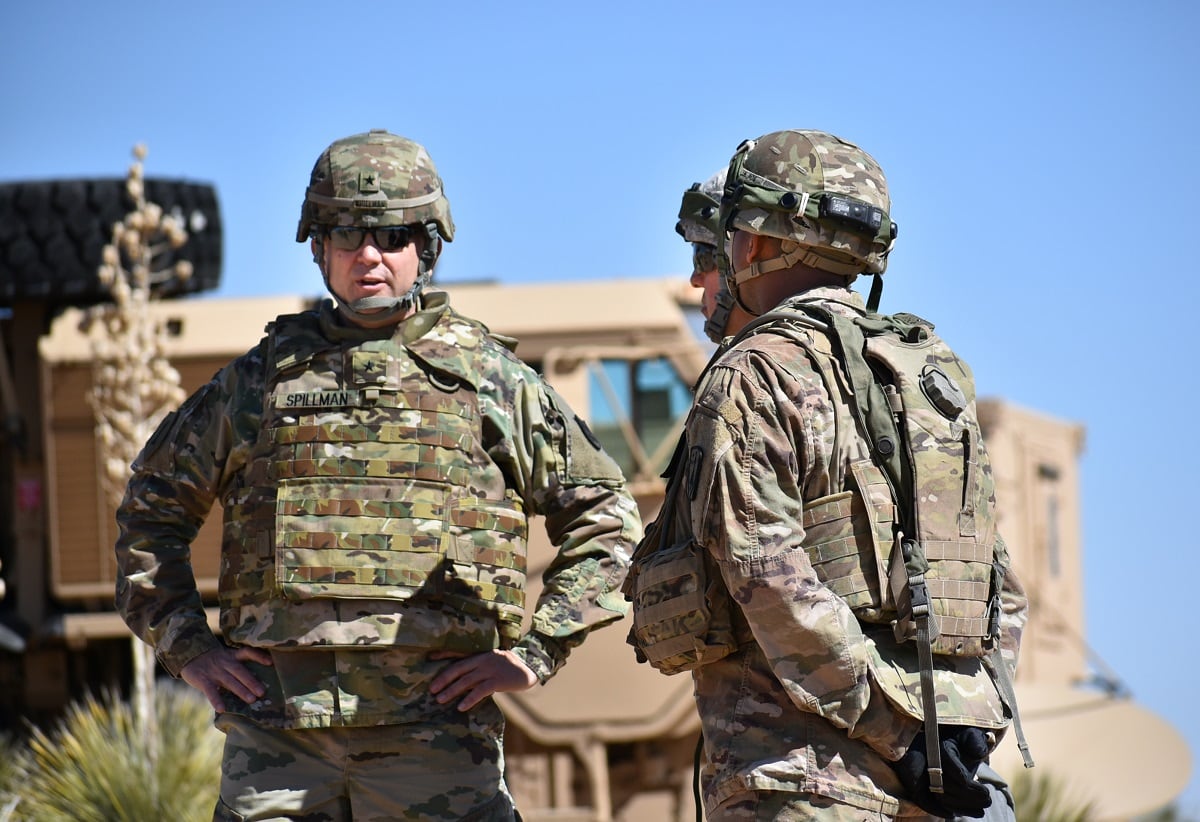
He resurrected Roving Sands, in part, to get the missile defense forces used to moving and shooting and learning what can go wrong in distant, austere environments.
“The rest of the Army has NTC, JRTC and other opportunities to train brigades and battalions in a realistic operational training environment,” Spillman said.
But because of the longer ranges that missile defense works through, commanders haven’t had the chance to put even a whole battalion in the field to train in realistic settings.
“For many of the officers, NCOs this is the first time they’ve seen anything like this at this scale,” Spillman said.
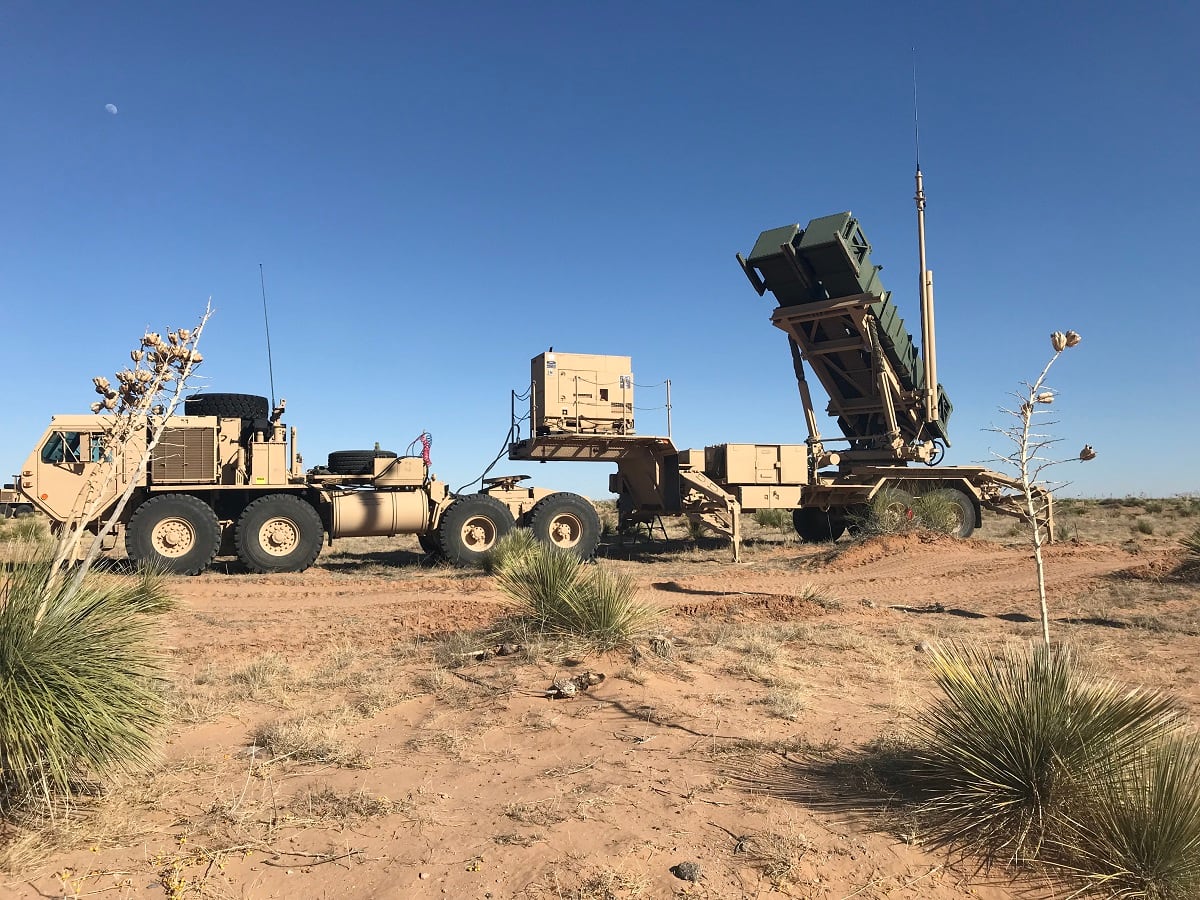
Lt. Col. Chuck Matallana, who handles operations for the 32nd, said that the opposition force activities and training scenarios were taken from current real-world threats and “overlaid” on White Sands.
During the exercise, soldiers moved a battalion three times in three phases over a 60-kilometer range.
There were three Patriot missile battalions, one Avenger missile system battery, and a Terminal High Altitude Area Defense, or THAAD, missile system capable of shooting down short-, medium- and intermediate-range ballistic missiles, said Lt. Col. Patrick Husted, a spokesman for the 32nd.
Soldiers with the Avenger battery — C Company, 5th Battalion, 5th Air Defense Artillery Regiment — returned from a Counter-Rocket, Artillery, Mortar mission last year, and the Roving Sands exercise is the first time that unit has been tested at operational levels with the Avenger system, Husted said.
Air Force F-16 fighter jets and Marine Corps Cobra attack helicopters, along with soldier-flown drones, provided simulated air threats and mock interceptors for the missile operators to focus their sights on.
At the same time, a ground-based opposition force mimicked improvised explosive devices and harassed the soldiers throughout the exercise, ambushing convoys, probing and penetrating unit perimeters, and conducing small arms attacks, Husted said.
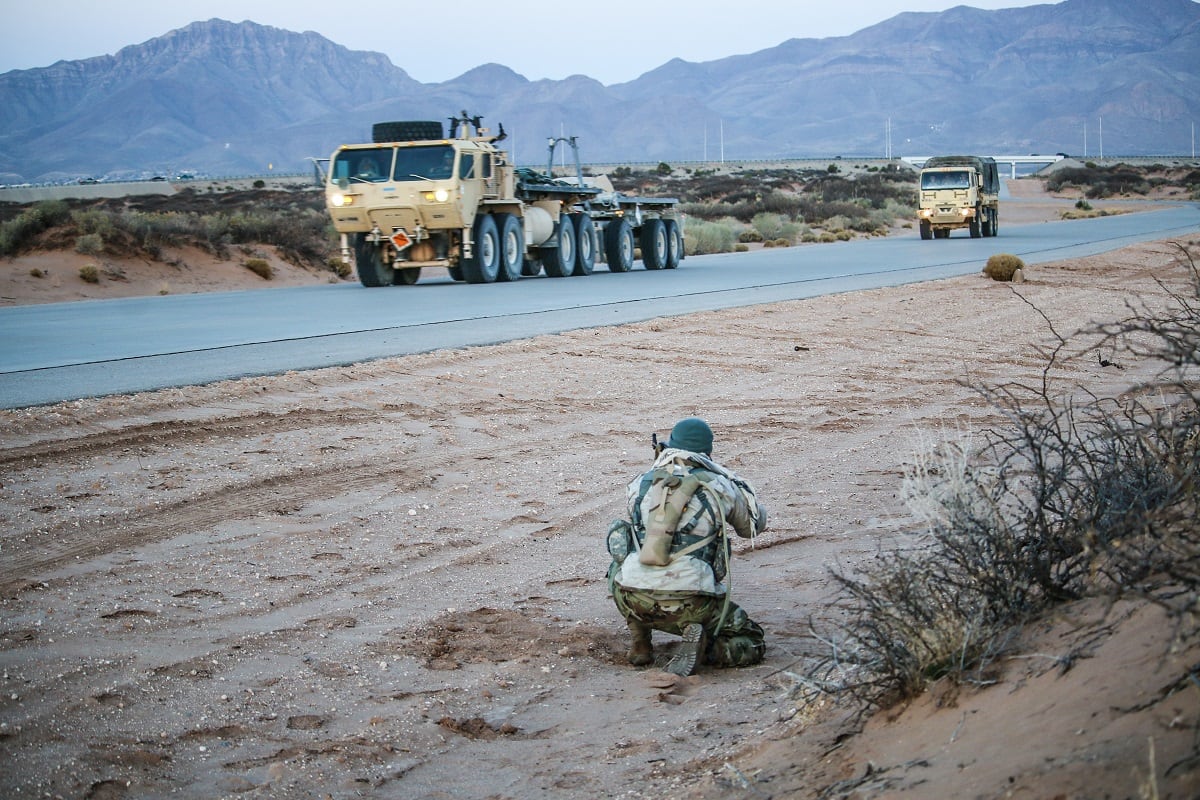
Beyond those soldiers and commanders tracking and firing the missiles, others play specific roles within the mass of movement.
Lt. Col. Karen Rutka served as an observer, giving quick feedback to her battalion commander counterparts so that they could make changes as the operation unfolded on how to better employ or emplace their systems.
“They’re seeing their successes and their failures with instant 20/20 hindsight,” Rutka said.
She participated in at least three Roving Sands exercises as a young officer from 2001 to 2003. But without the exercise in place for a dozen years, there’s a gap between her and the new captains and majors moving soldiers around the desert today.
Spc. Jacob Shelton ran satellite communications for some of the units in the exercise. He’d not previously done a stint at any of the combat training centers, so this was a new experience.
Tearing down and setting up networks, monitoring communications, and fixing simple things such as minor equipment breakages and training soldiers on communications problems, all put together a variety of skills he must use in his job, he said.
His advice for soldiers coming out to do a job like his in the next Roving Sands? Shelton said they should be prepared for all the additional work, but he added that the training will prepare them to do their job in a realistic environment.
Spillman, whose command started preparing for Roving Sands a year ago, said they’ve already begun planning for next year’s exercise. The plan is to make it an annual exercise for the air and missile defense community, Spillman said.
Todd South has written about crime, courts, government and the military for multiple publications since 2004 and was named a 2014 Pulitzer finalist for a co-written project on witness intimidation. Todd is a Marine veteran of the Iraq War.
